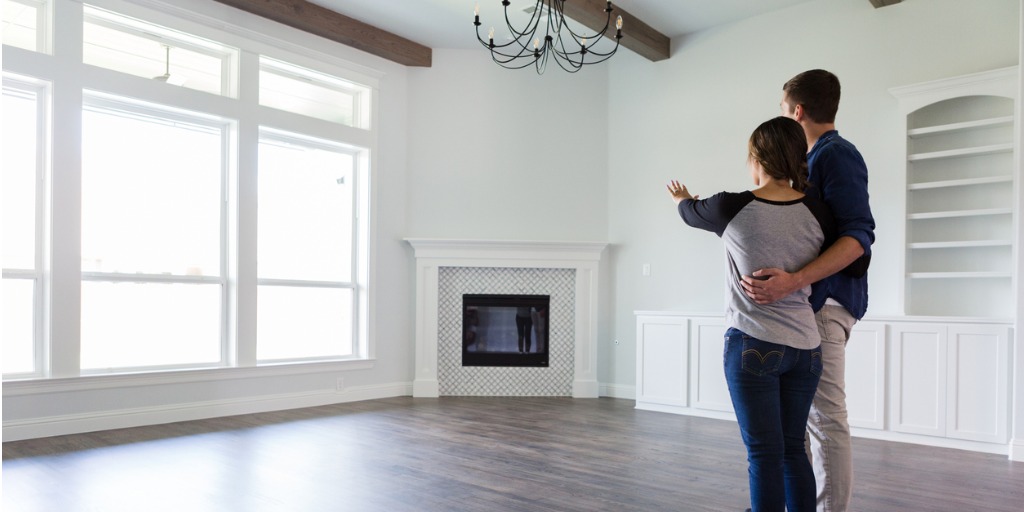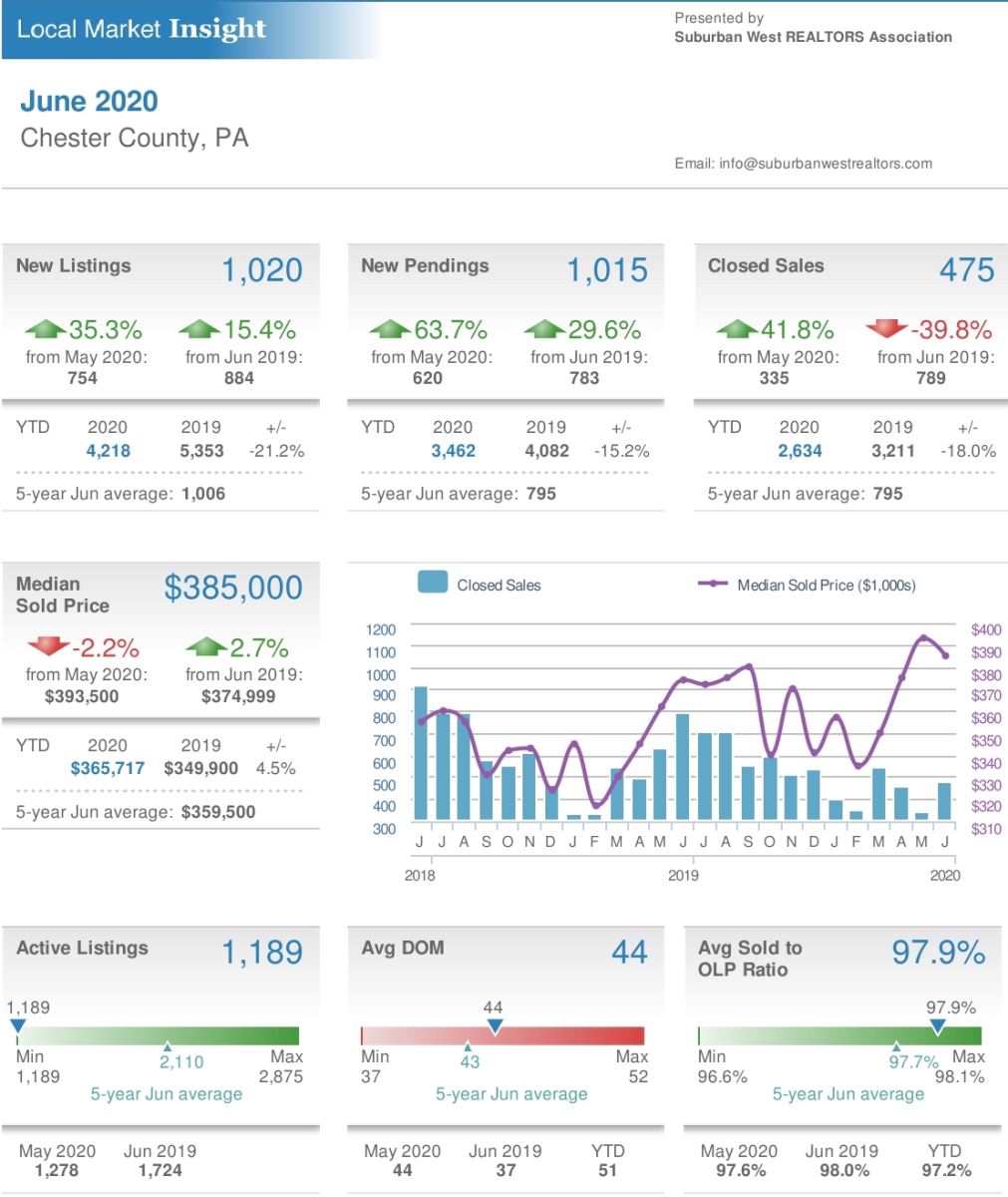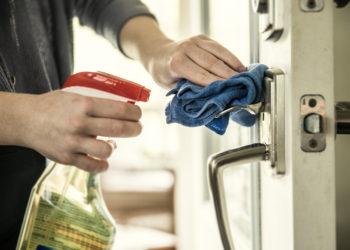What Today's Buyers Want in a Home
Today’s buyers are highly likely to have specific desires in a new home. Are you ready? If not, let this be your guide to getting your house in ready-to-sell shape! 
-
Energy Efficiency: Energy-Star windows, smart or programmable thermostat, LED lightbulbs and full-house water heater are all attractive to buyers who are concerned about energy costs as well as those concerned about going green.
-
Home office: If there is no room in your house that is a dedicated home office, create one! Stage a space in the kitchen or living area or smaller bedroom with what appears to be a working spot.
-
Upgraded kitchen and bathrooms: While completely renovating these rooms are a possibility, it may not be in your budget. Take a good look at each, and decide what wallet-friendly projects will make them look new: painting kitchen cabinets, new stainless appliances; in the bathroom, new faucets, lighting fixtures, or add pizazz by framing a mirror in glass tiles.
-
Dining space: An eat-in kitchen or open-flow kitchen and dining room are what many are looking for, especially families. Kitchen islands with seating will suffice when the budget does not allow for creating space for a dining table in the kitchen.
-
Organized storage: Buyers want homes with ample storage. While you can’t create space, you can build space in closets and the laundry room by adding shelving or pre-fab storage systems.
-
Hardwood flooring: While not an inexpensive project, consider putting hardwoods or less costly engineered wood in the entryway and living space.
-
Security: Front-door video cameras, plenty of outdoor lighting as well as smart lighting features are all great for starters.
While not every house hunter is looking for all of these, upgrading a few things will likely get their attention! Talk to your Realtor® about who is looking for a home in your location; they will have recommendations on the best changes that need to be made for your house to sell!
Courtesy of Chester County PA Realtor Scott Darling.
Photo credit: Real Estate Express







